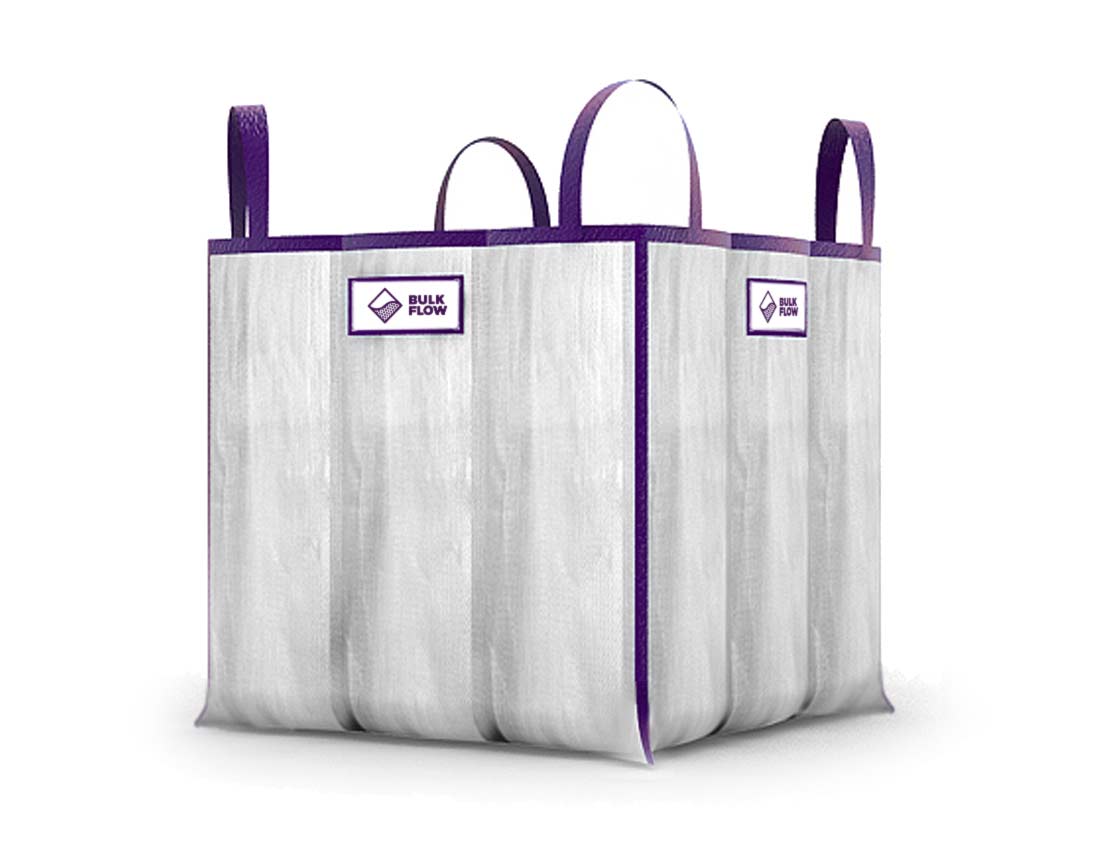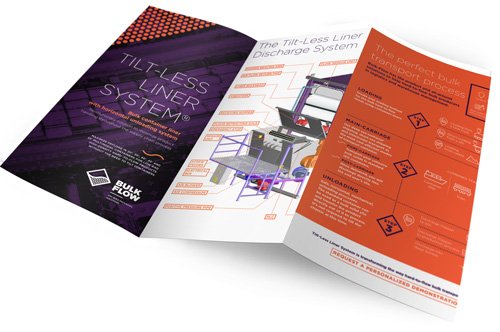
BULK FLOW’s Thermal Liners protect heat-sensitive cargo from extreme heat or extreme cold.
There are three modes of heat transfer: CONDUCTION, CONVECTION, and RADIATION (INFRARED). Of the three, radiation is the primary mode; conduction and convection are secondary and come into play only as matter interrupts or interferes with radiant heat transfer.
All substances, including air spaces transfer heat. Only the heat transfer rate changes depending on the differences in density, weight, shape, permeability and molecular structure.
Heat is radiated and conducted in all directions by all objects, but convected primarily upward. The infrared rays travel at the speed of light as energy and have no temperature. Only when these rays strike the surface of an object or matter, the rays are absorbed and only then the heat is produced in the object. The heated object then transmits infrared rays from exposed surfaces by radiation if these surfaces are exposed directly to an air space.
The amount of radiation emitted is a function of the EMISSIVITY factor of the source´s surface. EMISSIVITY is the rate at which radiation is given off.
Most materials used in construction have absorption and emissivity rates from 80% to 93%.
Conversely the surface of ALUMINIUM has the ability NOT TO ABSORB, but TO REFLECT 95% of the infrared rays which strike it.
Additionally, since aluminum foil has such a low mass to air ratio, very little CONDUCTION can take place, particularly when only 5% of the rays are absorbed.
1. BULK-FLOW’s Thermal Radiant Barrier Liners
It provides protection from an extreme heat average of – 10° C (-18°F) or from an extreme cold average of +8°C (+14°F).
It is composed of an aluminum double-sided foil and an internal sandwiched woven layer for strength.
It hangs in marine shipping containers and allows forklift traffic. Once loaded, it is sealed off on the door side to protect the cargo from extreme temperatures, humidity and fire.
Cargo inside of a container penetrates through the container wall from outside via infrared radiation. The heat from the walls is transferred into the circulating air inside of the container by convection.
The aluminum foil reflects 97% of the radiant heat, and the fully enclosed liner prevents the air from spreading the heat by convection.
2. BULK-FLOW’s Thermal Reflective Insulation Liners
It provides protection from an extreme heat average of – 24.5° C (-44°F) or from an extreme cold average of +20°C (+36°F)
It is composed of an aluminum double-sided foil and an internal layer of air bubbles. In addition to the benefits of the radiant barrier liners, the air bubbles reduce the heat transfer in a number of ways: Radiation is the primary mode; conduction and convection are secondary and come into play only as matter interrupts or interferes with radiant heat transfer.
As matter absorbs radiant energy, it is heated and a gradient temperature develops, which results in molecular motion
It hangs in marine shipping containers and allows forklift traffic. Once loaded, it is sealed off on the door side to protect the cargo from extreme temperatures, humidity and fire.
